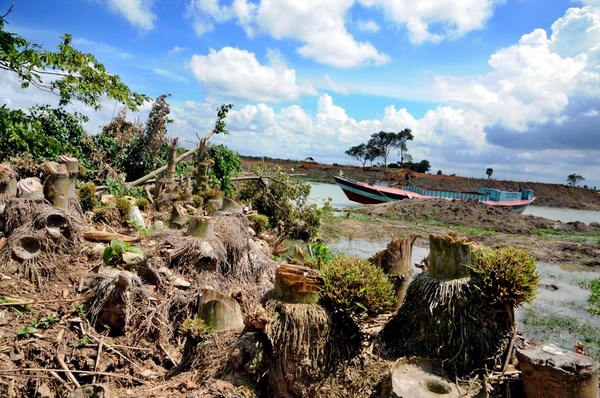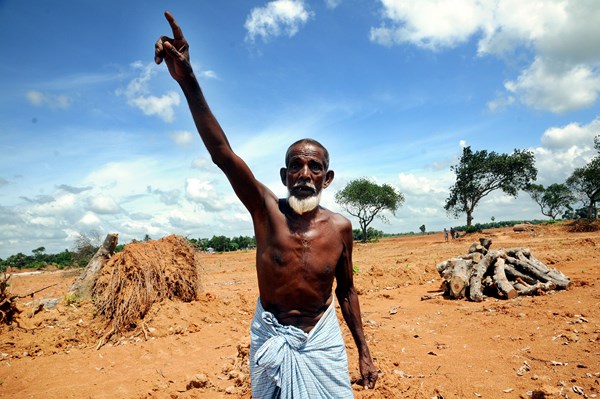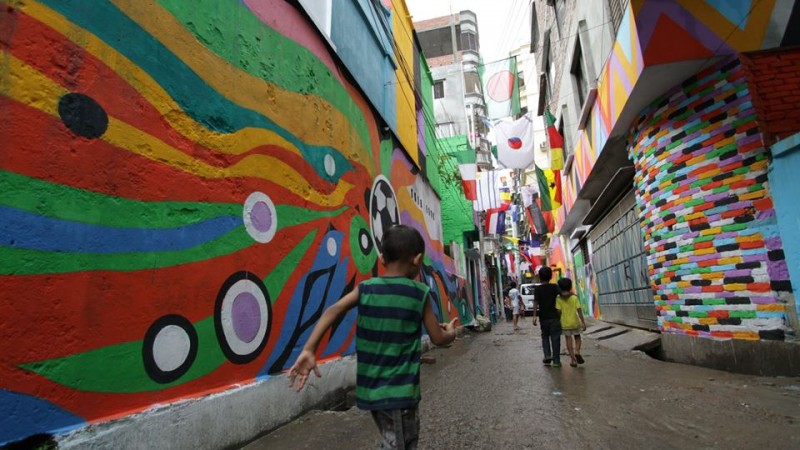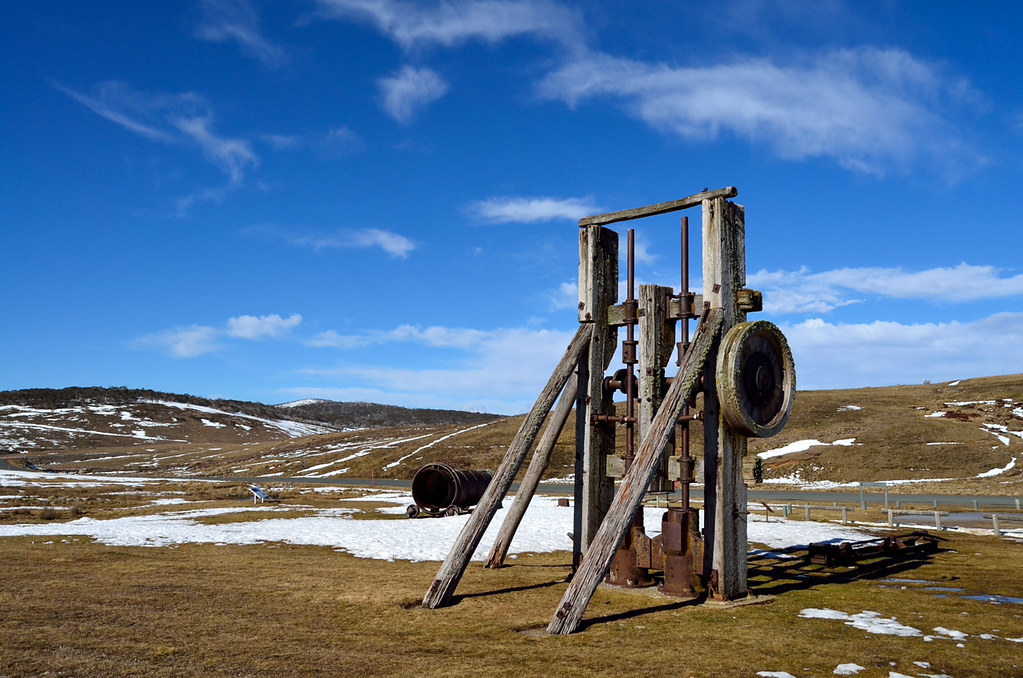The latest controversy in land expansion in Bangladesh is a government housing project called Purbachal new town near Dhaka. Locals say that the projects expansion destroyed the greenery and the ecology of 1,600 acres of crop land, forests, orchards and water bodies in central Gazipur district, ignoring recommendations from the environment department.
Bangladesh capital Dhaka is considered as one of the world's fastest growing megacities. Between 1990 and 2005, the city doubled in size — from six to 12 million. By 2025, the UN predicts Dhaka will be home to more than 20 million people.
The significant features of this growth is rapid urbanization, mass migration from rural areas, problems like pollution, congestion, decreasing ground water level and a lack of adequate services due to the rising population. The megacity cannot afford the burden of 14.4 million people on its 360 square kilometres of land.
The government has already unveiled its plan to expand the area of Dhaka. According to the plan the surrounding municipalities of Narayanganj, Tongi, Gazipur, Savar, Kadamrasul, Siddhirganj and Tarabo will be incorporated into Dhaka City Corporation. The Dhaka city corporation has been divided into two - North and South zones - for better administration.
According to World Bank statistics, the urbanized area in Dhaka city stands for 48 percent, but a large part of that is occupied by rural settlements and scattered built-up (18%) surrounded by specific class of groves of trees. A large portion of the non-urbanized area is dominated by agriculture land. The victim of rapid urbanization is those forest areas and agricultural lands.
The website of Rajdhani Unnayan Kartripakkha (RAJUK), the Capital Development Authority of the Government of Bangladesh, provides details about the Purbachal new town project:
Newspaper reports [bn] say that a huge forest area containing Sal trees and a wide range of flora and fauna are being flattened as a part of the development work for the Purbachal new town project. The environmental department suggested that RAJUK should develop settlement plots avoiding forest area which were actually not followed.
Not only the land projects, the Sal forests are bulldozed for a lot of reasons - to build a bombing practice ground for Bangladesh army, to plant invasive alien species ‘acacia’ trees under social forestry scheme uprooting existing trees, etc.
Faisal Rahman writes in UNB Connect, an online news site, after returning from Gazipur:
A number of advocacy organizations including Paribesh Bachao Andolon, Bangladesh Paribesh Andolon, and Institute of Architects of Bangladesh visited the development sites in Gazipur [bn] and demanded the following:
First Published in Global Voices
Bangladesh capital Dhaka is considered as one of the world's fastest growing megacities. Between 1990 and 2005, the city doubled in size — from six to 12 million. By 2025, the UN predicts Dhaka will be home to more than 20 million people.
The significant features of this growth is rapid urbanization, mass migration from rural areas, problems like pollution, congestion, decreasing ground water level and a lack of adequate services due to the rising population. The megacity cannot afford the burden of 14.4 million people on its 360 square kilometres of land.
 |
| Nearly 1,600 acres to be flattened in government housing project. Image by Sanaul Haque. Copyright Demotix (5/8/2013) |
According to World Bank statistics, the urbanized area in Dhaka city stands for 48 percent, but a large part of that is occupied by rural settlements and scattered built-up (18%) surrounded by specific class of groves of trees. A large portion of the non-urbanized area is dominated by agriculture land. The victim of rapid urbanization is those forest areas and agricultural lands.
The website of Rajdhani Unnayan Kartripakkha (RAJUK), the Capital Development Authority of the Government of Bangladesh, provides details about the Purbachal new town project:
It is the biggest Planned township in the country. The Project area comprise of about 6150 acres land located in between the Shitalakhya and the Balu River at Rupgonj thana of Narayangonj district and at Kaligonj Thana of Gazipur district, in the north-eastern side of Dhaka. [..] The Development works have been going on in 4500 acres (Narayangonj part) since 2002-2003 fiscal year and in rest 1500 acres (Gazipur part) development works have been started from January, 2013.Gazipur is noted for its unique coppiced Sal forest and is home to the Bhawal National Park. It has been kept under IUCN Management as a protected landscape. A land survey by the RAJUK reported that 42.46 percent of the area is covered by forest, 39.47 percent by cultivable land and 9.75 percent by homesteads.
Newspaper reports [bn] say that a huge forest area containing Sal trees and a wide range of flora and fauna are being flattened as a part of the development work for the Purbachal new town project. The environmental department suggested that RAJUK should develop settlement plots avoiding forest area which were actually not followed.
Not only the land projects, the Sal forests are bulldozed for a lot of reasons - to build a bombing practice ground for Bangladesh army, to plant invasive alien species ‘acacia’ trees under social forestry scheme uprooting existing trees, etc.
 |
| A local citizen shouts at the governments decision to flatten the land destroying trees for a housing project. Image by Sanaul Haque. Copyright Demotix (5/8/2013) |
The people of the villages affected by the land development that include Barcow, Bashabashi, Kalikuthi, Purba Talna and Parabarta showed the team the signs of a huge number of recently cut down and rooted out trees – mostly the jackfruit, mango groves, bamboo and Sal patches – in the area. [..] About 150 acres of the rice fields, situated in the Padarir Beel, has already been filled with dirt. The beel area comprises about 800 acres of land and is a source of natural fish during the rain.Blogger Biplob Biswash lives in a village in the development sites. He writes in Bangla blogging platform Amar Blog how the locals, who are forcibly being evicted, are losing out in the land acquiring process:
যেখানে এখন জমি দাম হচ্ছে বিঘা প্রতি ১ কোটি থেকে দেড় কোটি টাকা সেখানে রাজউক ৯৫ সালের ভুয়া দলিল অনুসারে জমির দাম দিচ্ছে মাত্র ১ লাখ টাকা বিঘা। শুধু কি তাই, কোন গ্রামবাসী যদি বিল আনতে যায়, সরকারি ও রাজউকের কর্মচারীরা ঘুষের জন্য প্রায় তার পুরো বিলের টাকাই রেখে দেয়। যদি সে বলে যে তাহলে আমি কি পেলাম?, আমার জমি-জমা, বাড়ি-ঘর সবই সরকার কে দিয়ে দিলাম, আমি তাহলে কি পেলাম?, আর আমি এখন কি নিয়ে থাকবো, আমার ভবিষ্যৎ চলবে কি করে?
Where the current market rate of land is 1 to 1.5 crore Bangladeshi Taka (130,000-195,000 US dollars), RAJUK is compensating at an old rate of 1 lakh Taka (1,300 US dollars) per Bigha (0.33 acre). Not only that when a landlord goes to collect the bill, the corrupt officials of RAJUK keep a large portion as bribe. So what have we got? We have handed over our agricultural land, our home, all to the government. What have we got in return? So how will we survive in the future?The blogger also writes that those who refuse to leave their livelihood, are being harassed by police and local goons as they are being accused in false criminal charges. A writ petition was filed by Bangladesh Environmental Lawyers Association saying that the Purbachal housing project has no environment clearance certificate from the Department of Environment for earth filling and constructing structure in Borakau and Parabath areas of Gazipur. On 1 August, 2013 the High Court directed the authorities concerned to stop activities of Purbachal housing project in Gazipur until further order.
 |
| Wetlands and fauna are filled with sand for land development for government housing project. Image by Sanaul Haque. Copyright Demotix (5/8/2013) |
১. রাজউক এর পরিবেশ বিধ্বংশী কার্যক্রম অবিলম্বে সম্পূর্ণ বন্ধ করা। ২. পূর্বাচল প্রকল্পের নামে পরিবেশ বিধবংশী কর্মকান্ডের ক্ষতি নিরূপণ করতে একটি তদন্ত কমিটি গঠন করা। ৩. পূর্বাচল প্রকল্পের নামে এরূপ বিধবংশী এবং অমানবিক কর্মকান্ডের জড়িত রাজউকের কর্মকর্তাকে দৃষ্টান্তমূলক শান্তি প্রদান করা। ৪. নিরীহ এলাকাবাসীর বিরুদ্ধে মিথ্যা হয়রানিমূলক মামলা নি:শর্তভাবে প্রত্যাহার করা।
1. Immediately stopping the developments by RAJUK which are destroying the environment 2. Create a committee to assess the damages so far. 3. Punish those scrupulous RAJUK staffers who are engaged in corrupt and inhuman practices. 4. Drop all false charges/lawsuits against the locals.Blogger Biplob Biswash writes in another post:
বাহিরের মানুষ সবাই খুব মজা পাচ্ছে এখানে পৃথিবীর আধুনিকতম শহর হবে, সেই শহরে বসবাস করবে অতি সুখের সাথে। কিন্তু তারা কি একবারও সেই মানুষ গুলির অনোভূতি টুকু অনুভব করেছেন, যাদের চৌদ্দ পুরুষের সঞ্চিত শেষ সম্বলটুকু জোর করে কেড়ে নিয়ে এই শহর বানানো হচ্ছে, যে মানুষ গুলির শিকড় উপড়ে তুলে আস্তাকুড়ে ছুড়ে মারা হচ্ছে, যে মানুষ গুলিকে সর্বস্য হারিয়ে খোলা আকাশের নিচে গিয়ে দাড়াতে হবে। জানি না, কেউ তাঁদের এই কষ্টের সামান্যতম অংশও অনুভব করতে পেরেছেন কি না।
Outsiders may be rejoicing with the news that here a modern township will be built, where people will live happily. But have they ever felt the emotions of the locals, who are being evicted from their ancestral land to clear the housing plots. Do they know that these people are being uprooted and being sent to oblivion, soon they will be forced to live under open sky. I don't know whether any of them have ever felt a bit of those pains.The world average of forest area is 26% whereas Bangladesh has got only 18 percent [bn]. If the remaining forest areas are not protected, the country will face severe environmental consequences in the future.
First Published in Global Voices




























